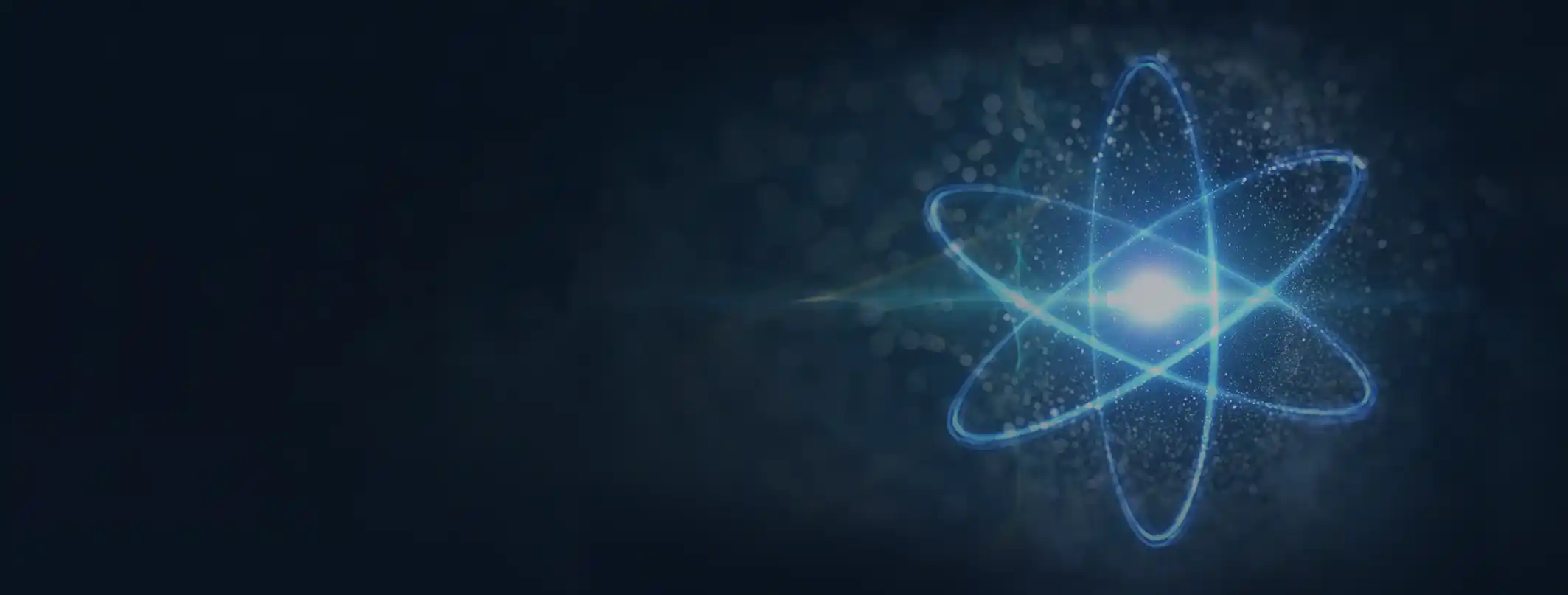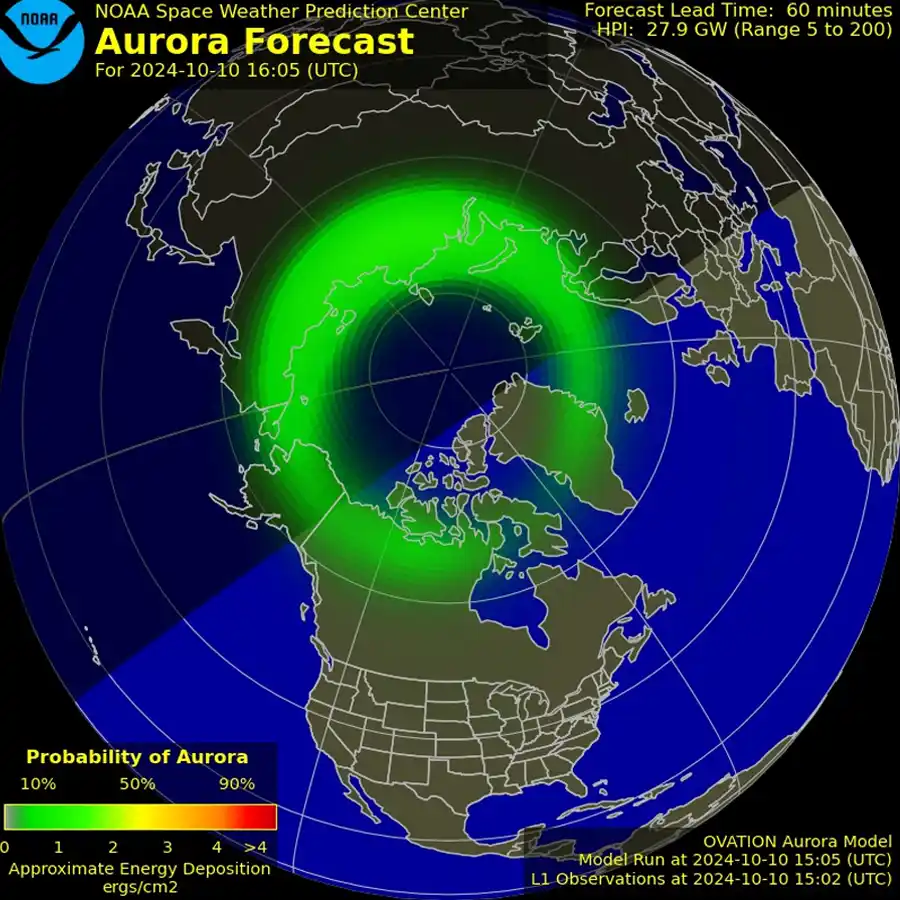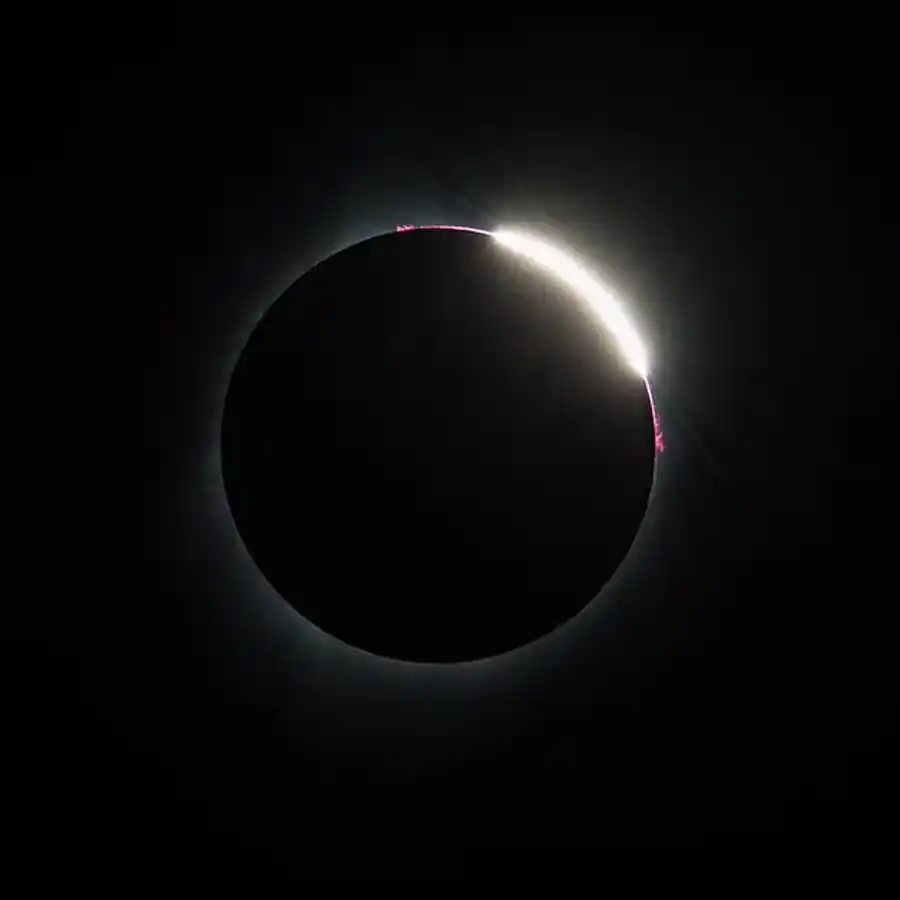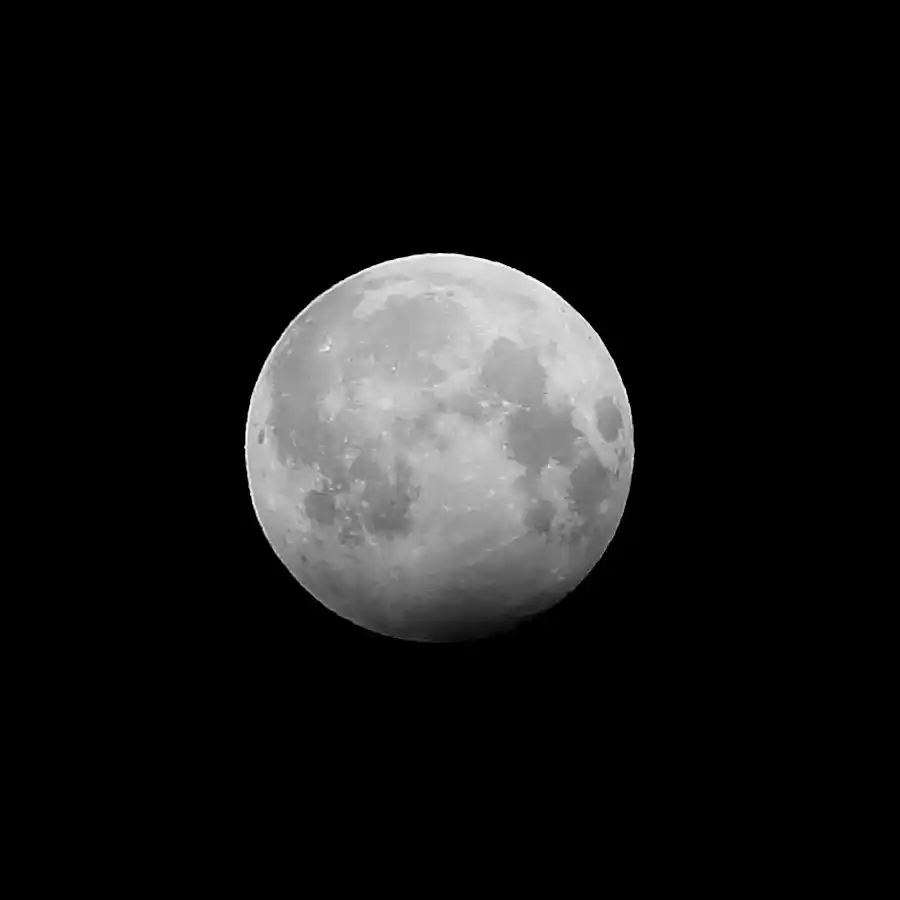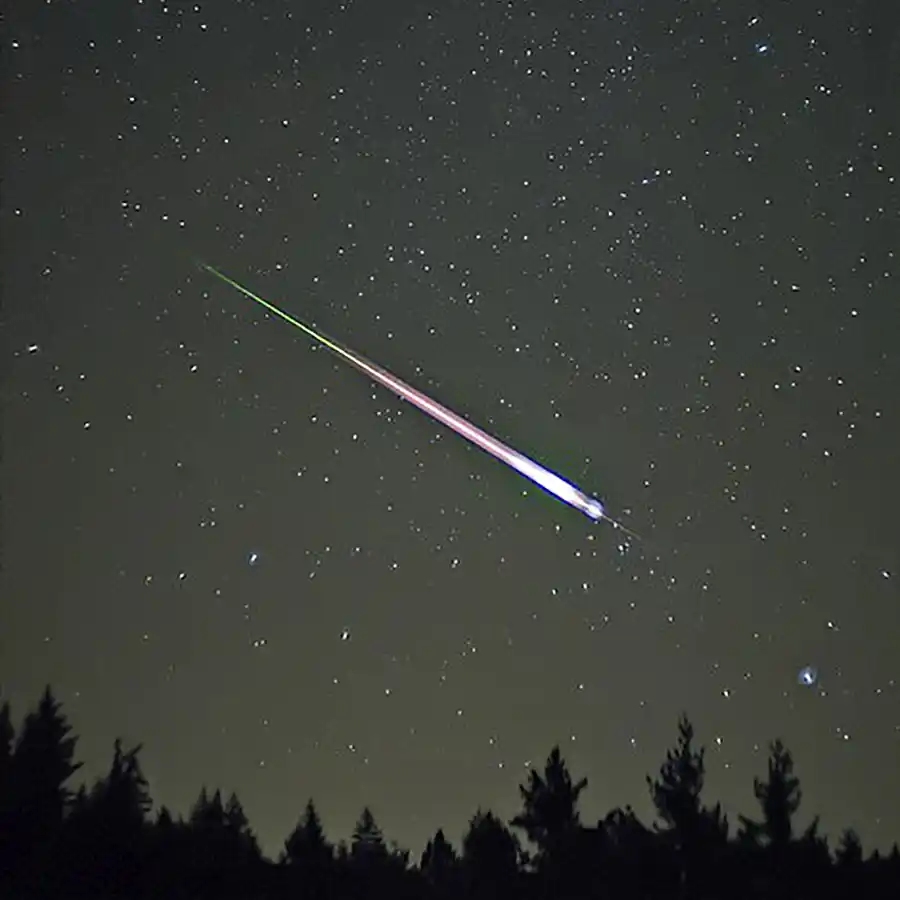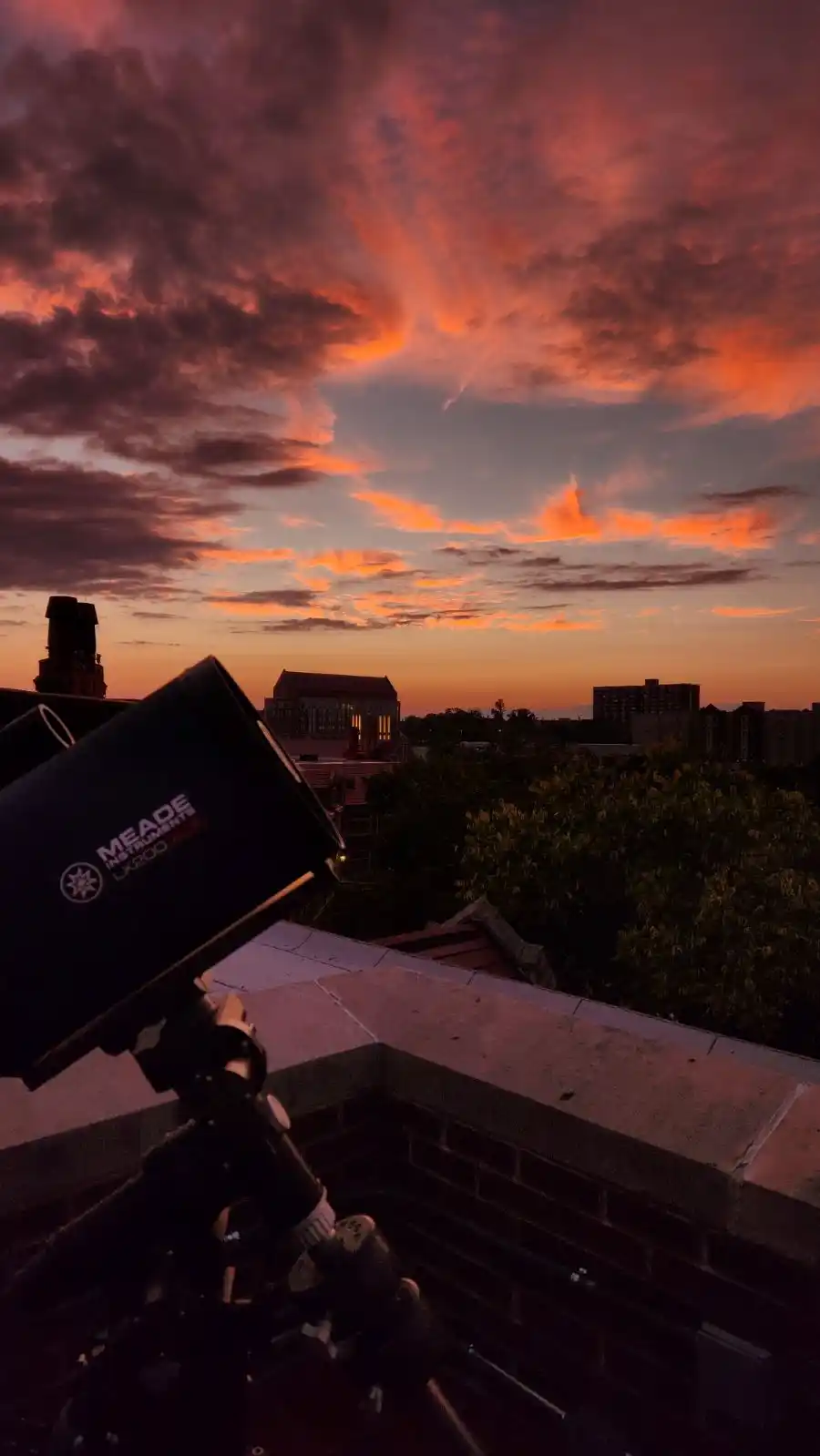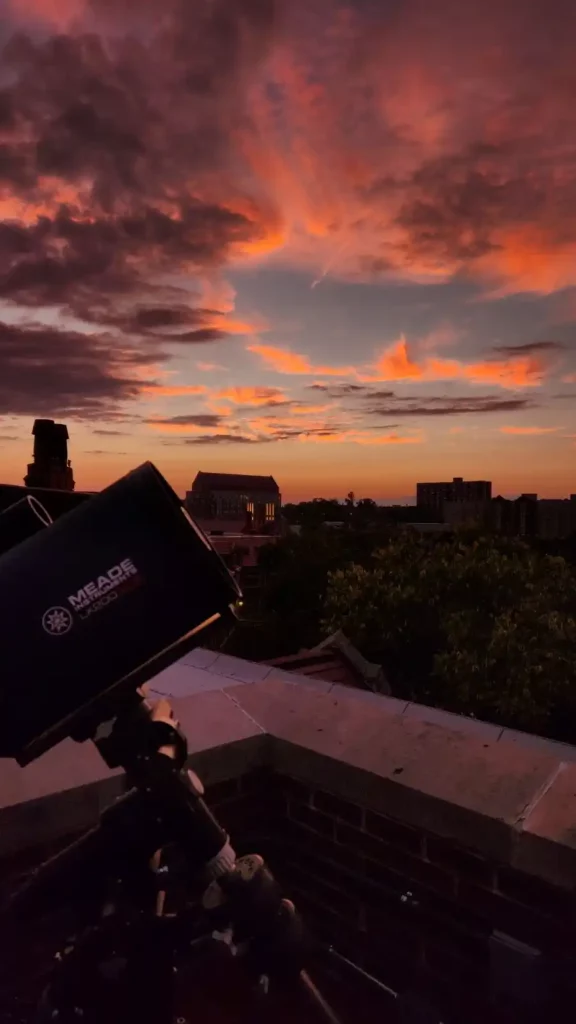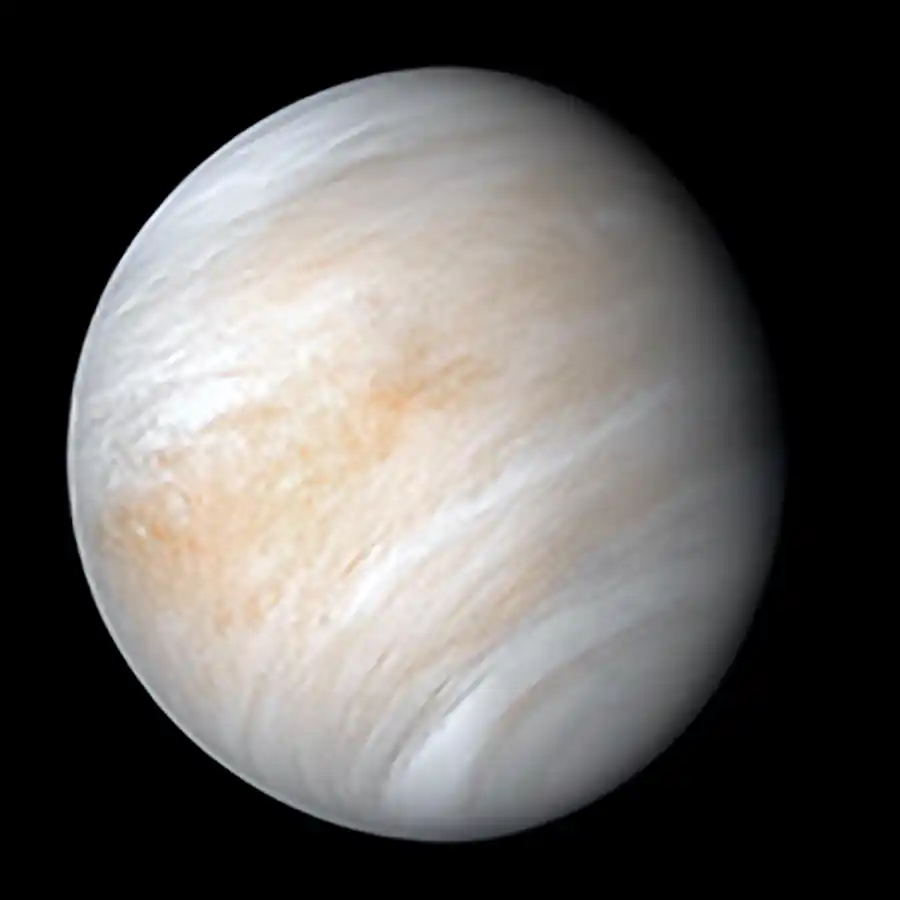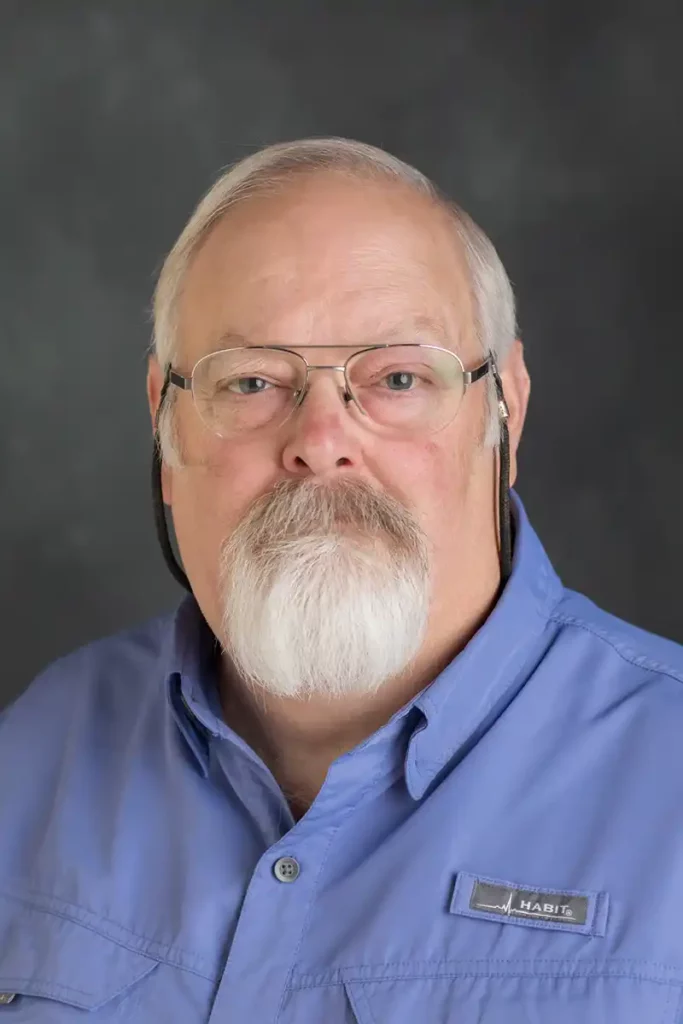Aurora Alert!
From Paul Lewis, astronomy outreach director:
If you missed seeing the northern lights this spring, you have another chance!
The National Oceanic and Atmospheric Administration (NOAA) has issued a geomagnetic storm alert/watch for October 10-11. The storm watch is a G4, which means severe. There will be no observing from the Nielsen Physics Building roof those evenings, so take this opportunity to drive away from campus and city lights to try to see, if they actually appear, the northern lights or aurora.
Some of you may have been fortunate to see the spectacular display that occurred in May. There are certainly no guarantees for this, but if you don’t take the opportunity to look, you most certainly won’t see anything.
Use your cellphone to try to get pictures, even if you can’t see the northern lights with the naked eye. The camera in your cellphone is more sensitive to the red and green light we usually see when there are bright aurorae. Look northwest to northeast for the best chance to see aurora. During the May storm we were able to see aurora to the south as well. That is rare here. Start looking as soon as it’s dark for at least a couple of hours.
There are several state parks nearby you might consider driving to. Look up Tennessee State Parks for more info and directions.
Good luck!
